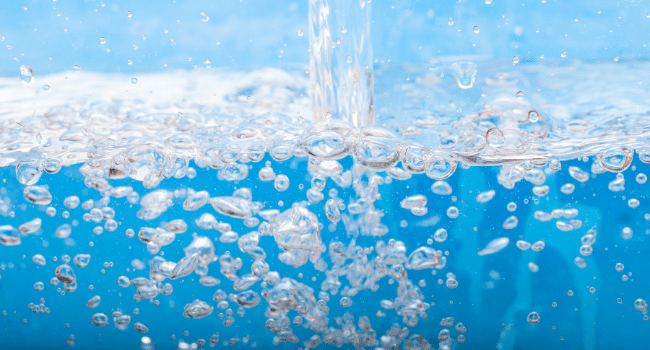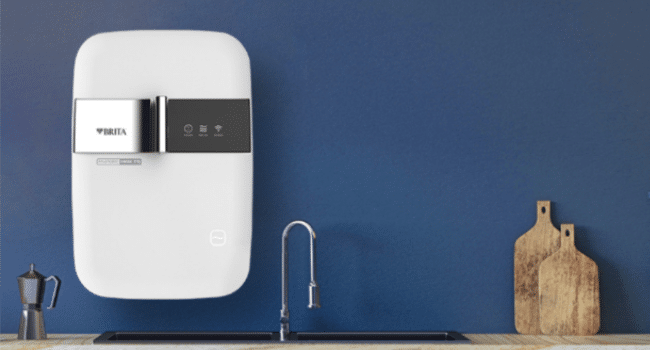Table of Contents
Environmental pollution has become rampant in the last few years. It has severely affected the quality of all our life’s essentials. The air is thick and full of dust and pollutant particles. Our water is flushed with chemicals and trash making it undrinkable without treatment. To ensure that humans can receive the elements necessary for survival, technology has developed to filter pollutants from the air and water. Water purifiers are an example of such technology, built specifically for making drinking water accessible to users.
Water purifiers are becoming increasingly commonplace in the world. They are a necessity in many areas that only get heavily polluted water in their homes. Therefore knowing the different kinds of water purifiers available is essential. It is also vital to grasp how to look after it to ensure the longevity of the gadget.
Types of Water Purifier
- RO Water Purifier – These purifiers use the simple mechanism of reverse osmosis to clean water and make it fit for drinking. Using a strong pump water is passed through a semi-permeable membrane. This membrane allows water to pass through easily but doesn’t allow impurities such as sulfates, chlorine, and nitrates to pass through. Hence the water obtained is safe for drinking.
- Sediment Filters – These filters are the best for removing physical impurities from the water. Contaminants include dirt and debris. For those who enjoy hiking and camping, these filters are the easiest to carry. It is important to remember however that they do not filter out bacteria and other chemicals from the water. Sediment filters are also ineffective at smells and changing the taste of water.
- UV Water Purifiers – UV purifiers are the most effective against water-borne disease causing microbes. These filters are environmentally friendly and do not use any chemicals in their cleaning process. In these filters, water is run through a UV lamp, and bacteria and viruses are killed or rendered ineffective. These filters also dispose of any debris and dirt waste that may be present in the water. Hence, the water that is provided is filtered.
- UF Water Purifiers – The idea behind these filters is similar to the RO purifier systems. They use a membrane that has multiple small holes which help purify water of debris, bacteria, viruses, and other impurities. The membrane is so thin that such minute particles stay behind while water passes through easily. Ultrafiltration purifiers are ideal in areas with low levels of chemical contamination in water.
- Activated Carbon/Charcoal filters – Made from charcoal or other organic materials, activated carbon acts as an excellent filter for water. They are most effective against chemicals in water, especially chlorine. Activated carbon works through the adsorption process and can remove toxic chemicals, pesticides, and heavy metals from water. Additionally, it removes odor from water and makes it taste good.
Once you have decided on the kind of water purifier you wish to buy, you will require an understanding of how to clean it. This is because keeping your purifiers clean ensures they properly and therefore stay as good as new for longer.

How to clean various water purifiers?
- RO Water Purifier – Remember to wash your hands and wear medical gloves before you start cleaning. Turn off the faucet and carefully remove the pre-filters and RO membrane. Using unscented bleach clean out your filter thoroughly. You can also soak this membrane in a mixture made of cleaning solution and water. Wash thoroughly and put it back in place.
- Sediment Filters – Ensure that every year you clean these filters at least once. Remove the O-ring and rinse the hose fully. Make a blend of oxalic acid and water and soak the filter in this solution for half an hour. Make sure that the filter is thoroughly dry before placing it back in the machinery.
- UV Water Purifiers – These purifiers are made up of two essential components. The UV lamp, which cannot be cleaned only replaced, and a quartz sleeve. To clean the latter, first, turn off the water supply and remove the lamp plug along with the quartz sleeve. Unscrew the lamp and remove O-rings from the sleeve. Take tissue papers dipped in vinegar and place them on the sleeve for half an hour. Wash using running water and once it dries, return it to the purifier as it was before.
- UF Water Purifiers – Cleaning UF filters can be a little tricky, but once you get a hang of it, you can clean them yourself easily. Remove the filter membrane and place it upside down on a surface. Using a syringe, pass pure water through the membrane, as slowly as you can. Doing this process once is enough to clean out the membrane. Once it is dry, return it to its original position in your purifier.
- Activated Carbon/Charcoal Purifiers – Cleaning these filters requires using protective equipment, including a mask, pair of gloves, and goggles. Once you have these on start by slowly mixing muriatic acid with water, drop by drop. Remove the filter and place it under running water until any debris is removed. Now, carefully place the filter in the solution acid/water solution and leave it there for at least 6 days. After 6 days, remove and place in clean water for 15 minutes. Wash thoroughly after that and return to the purifier once it is dry.
Buying a water purifier is an essential part of life today. Ensure that you research each aspect of the purifier and consider the kind of water that is available in your area. Depending on the kinds of impurities in the water, choose the best RO water purifier in India to fit your needs. Remember to clean your filter regularly and keep it working in peak condition for longer. Happy shopping!
Read more on KulFiy
